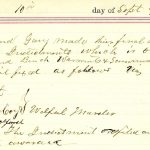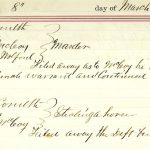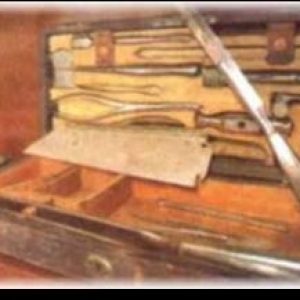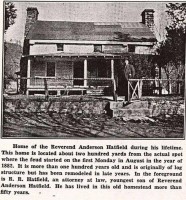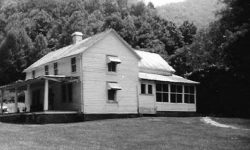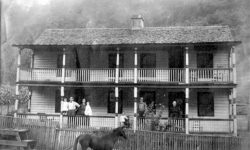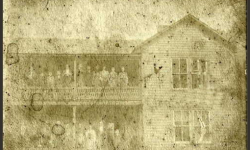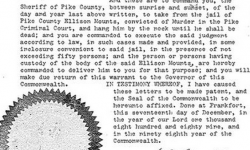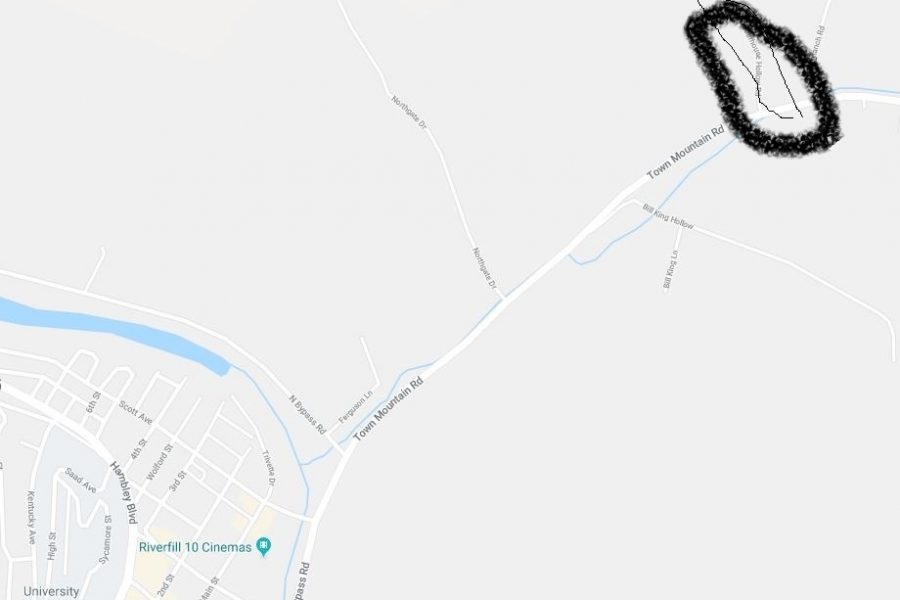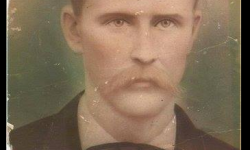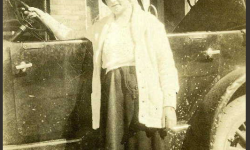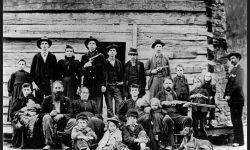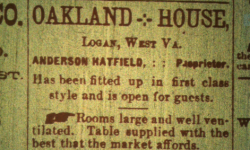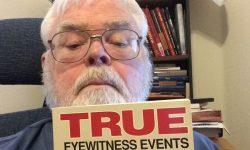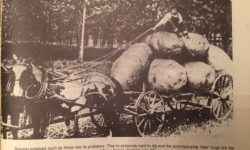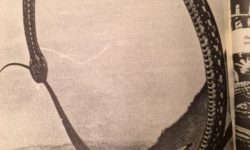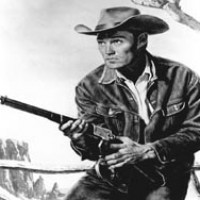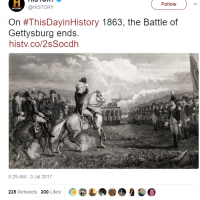Between the August 1882 Election Day murder of Ellison Hatfield and the lynching of the three McCoys two days later, and the December 1887 invasions of Logan County by the Pike gang under Frank Phillips, “The Hatfields occasionally rode to Pikeville, but they traveled in companies adequate for their protection and were heavily armed.” So said Otis Rice in his 1982 book on the Hatfields and McCoys. (p. 30)
Testifying under oath in Johnse Hatfield’s 1899 trial, Jim McCoy said that during those years, “We tried to get them arrested, but we never had ANY trouble.”
Jim McCoy, who had the strongest possible motive for making the “feud” as big and bloody as possible in order to convict Johnse, said that there was NO trouble between the Hatfields and McCoys from 1882-1887. Otis Rice and other feud writers, with a motive of making the feud as big and bloody as possible in order to sell books, have a raging feud ongoing during that time.
In March of 1886, when Professor Rice tells us that neither family would venture into the state where their antagonists lived, Jeff McCoy, son of Asa Harmon McCoy, along with his brother-in-law, Andrew Wolford, knifed a farmer named Fred Wolford to death on Peter Creek, in Pike County Kentucky. Dean King, whose stated goal was to correct the historical record, renders it differently. King says: “On a hot summer night, at a dance in Pike County, a mail carrier named Fred Wolford called Jeff McCoy a liar…Jeff pulled out a pistol and shot him dead.” Fred Wolford is a mail carrier in King’s yarn, but he was a farmer in the Census.
King has him shot to death on a hot summer night, but he was actually knifed on a cool day in March.
King says the killing was a result of an argument at a dance, when it really was a case of intra-family violence. Jeff McCoy was married to Sarah Wolford, a niece of Fred Wolford. Jeff and his brother-in-law, Andrew Wolford, killed Fred wolford in a family argument. Both were indicted for the crime on September 9, 1886.
Jeff stole a horse and went on the lam. To the eternal chagrin of feud yarn spinners, Jeff sought refuge in the West Virginia home of his brother-in-law, Johnse Hatfield. Here’s the court record showing Jeff absolved of both the horse theft and the murder, due to his death.
Jeff McCoy was not the only man who defied Otis Rice by entering enemy territory without a large armed gang to protect him. That same year, Johnse Hatfield was charged with buying votes at the election on Peter Creek. Yes! Johnse crossed the river all by his lonesome, and proceeded to buy votes for the Democrats on solidly Republican Peter Creek—IN Kentucky! To top it off, Johnse’s partner in the crime of subverting democracy on Peter Creek was none other than the son and namesake of Asa Harmon McCoy!
At a time when the feud tales say that Johnse could not go into Pike County without an armed cohort, he is having a high time, buying votes in a Kentucky election. At a time when the two families are supposed to be in the middle of a vicious blood feud, Jeff McCoy seeks refuge in the West Virginia home of a Hatfield, and A.H. McCoy, Jr. (Bud) joins with Johnse Hatfield in his vote-buying.
When you spend as much time in the records as I have spent, you know that the real story is actually more interesting than are the fabricated yarns of the feud story writers.


